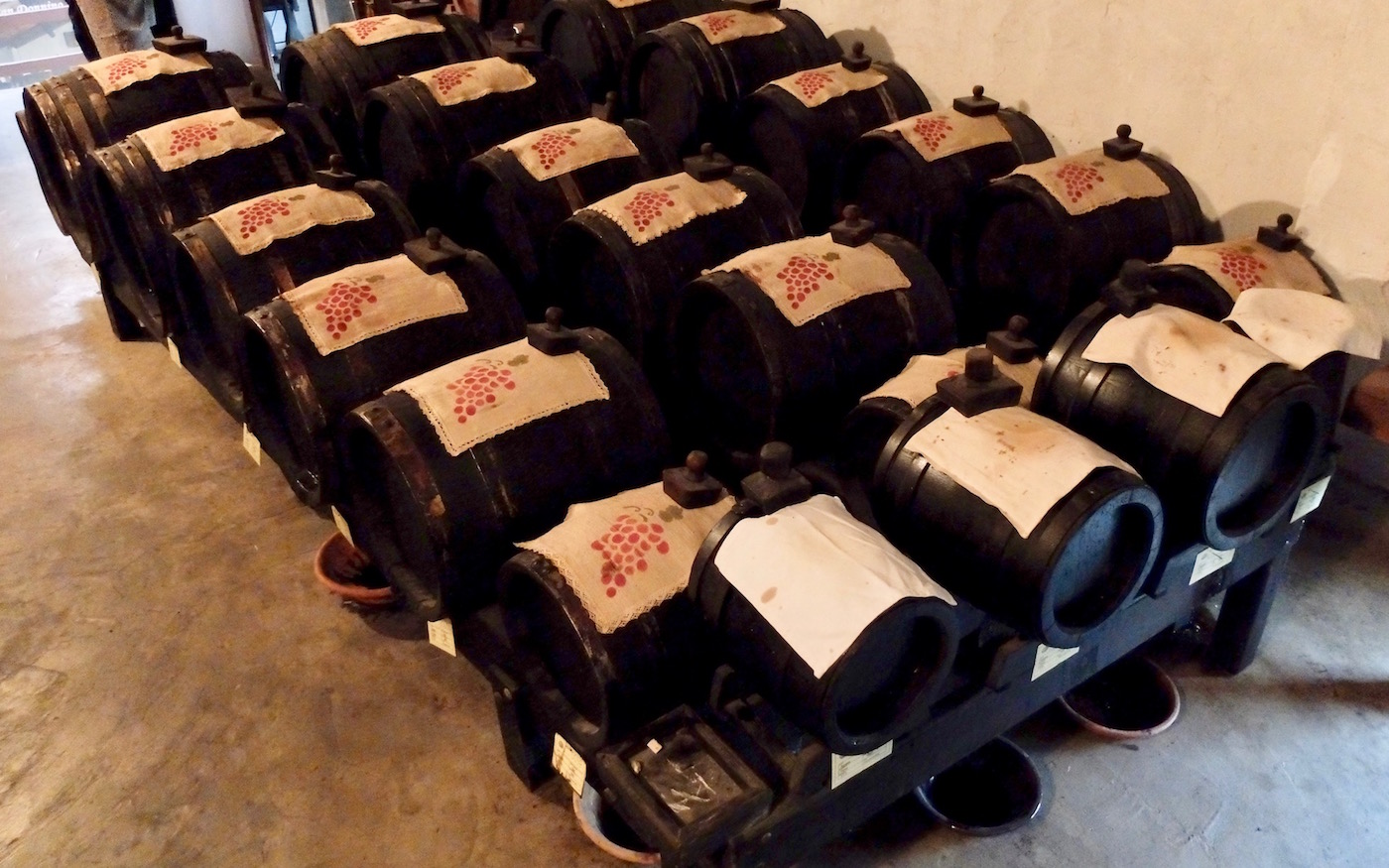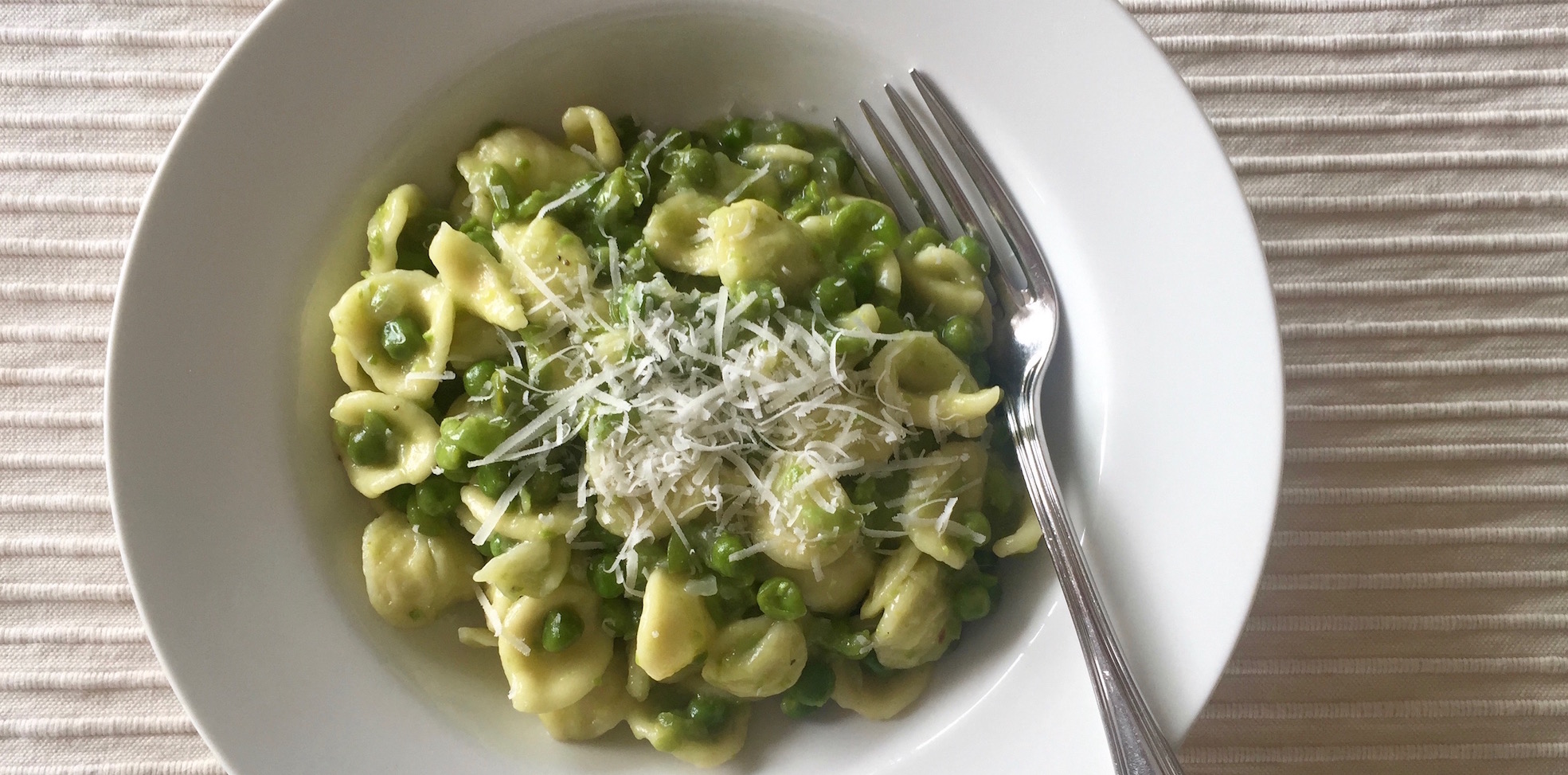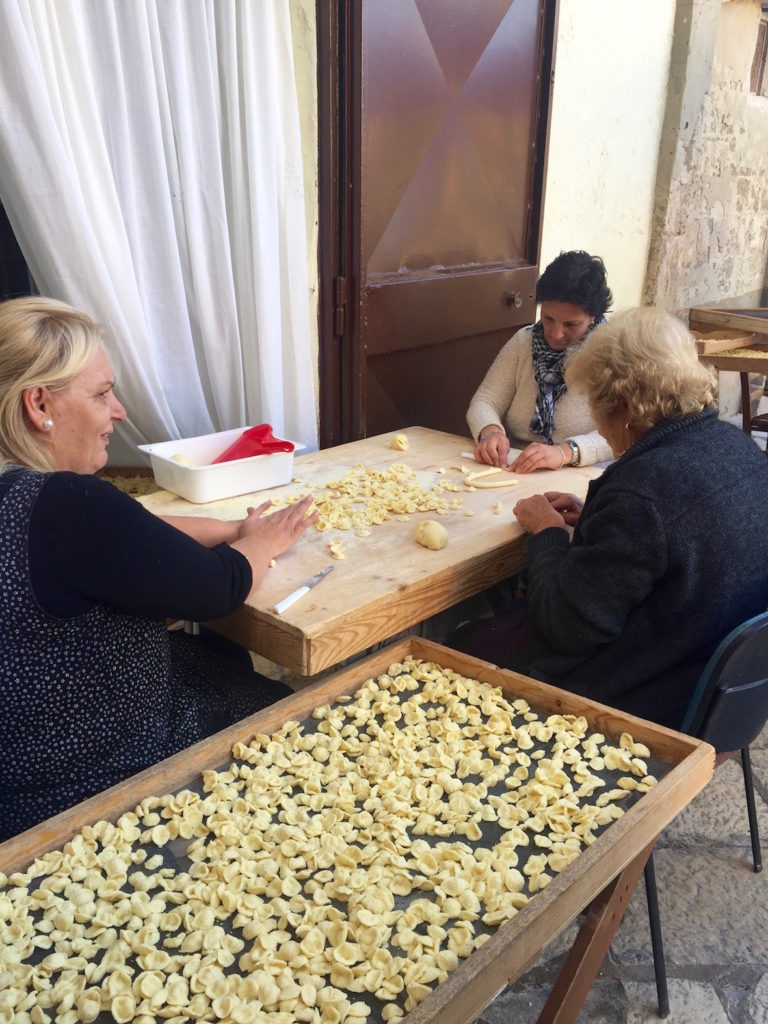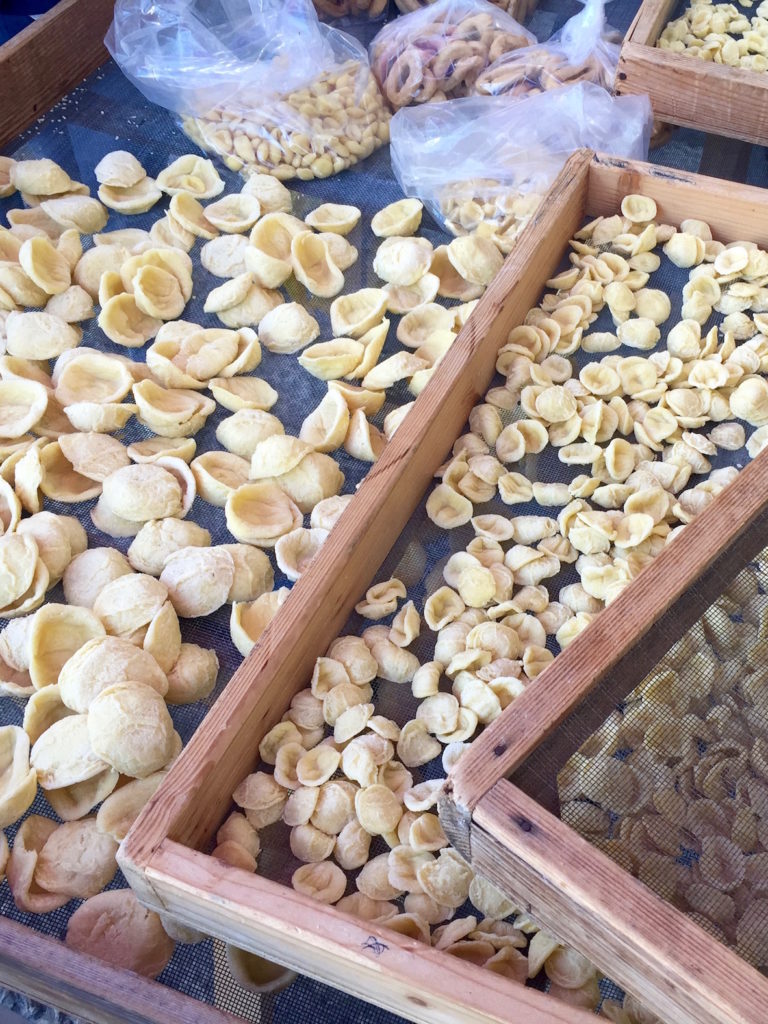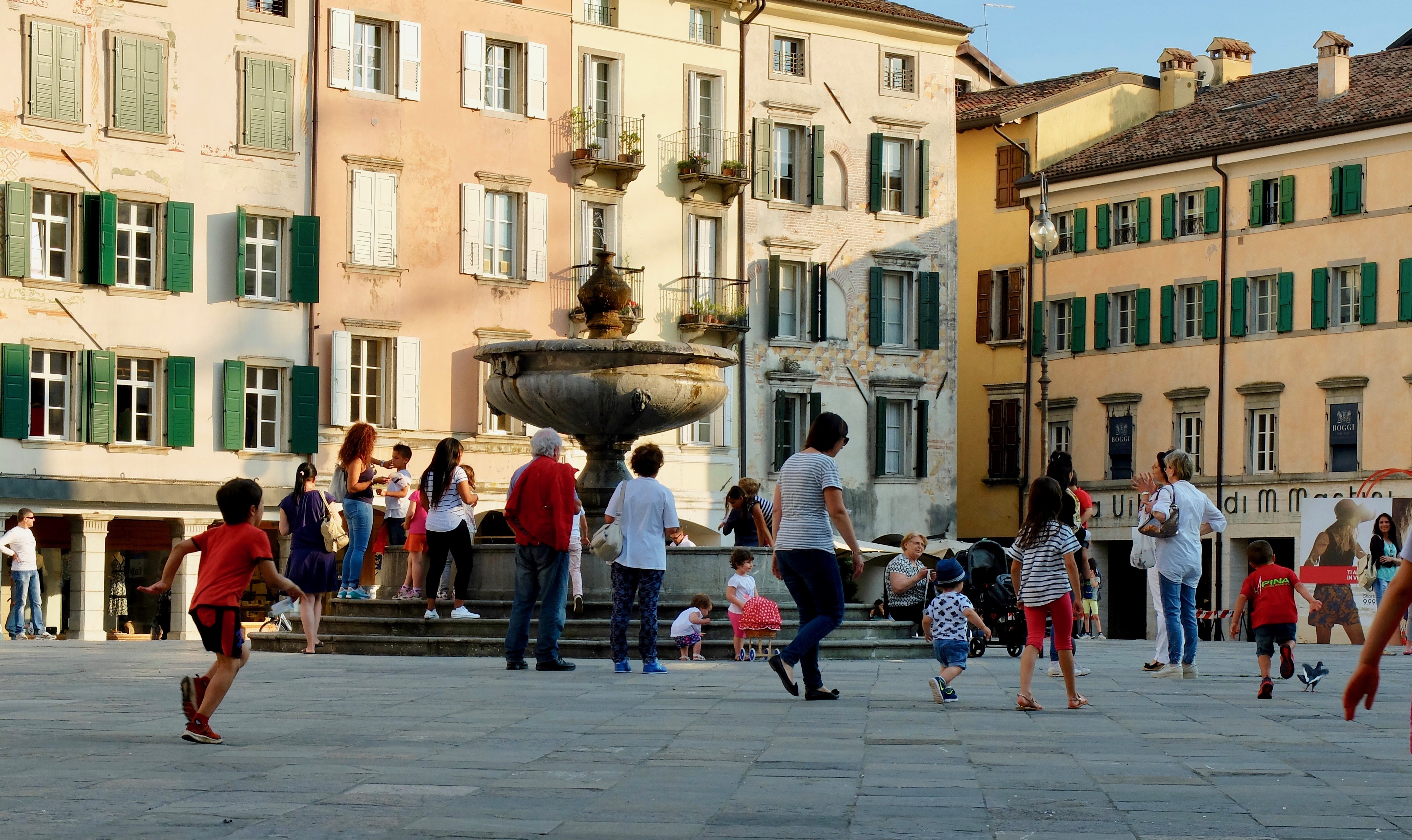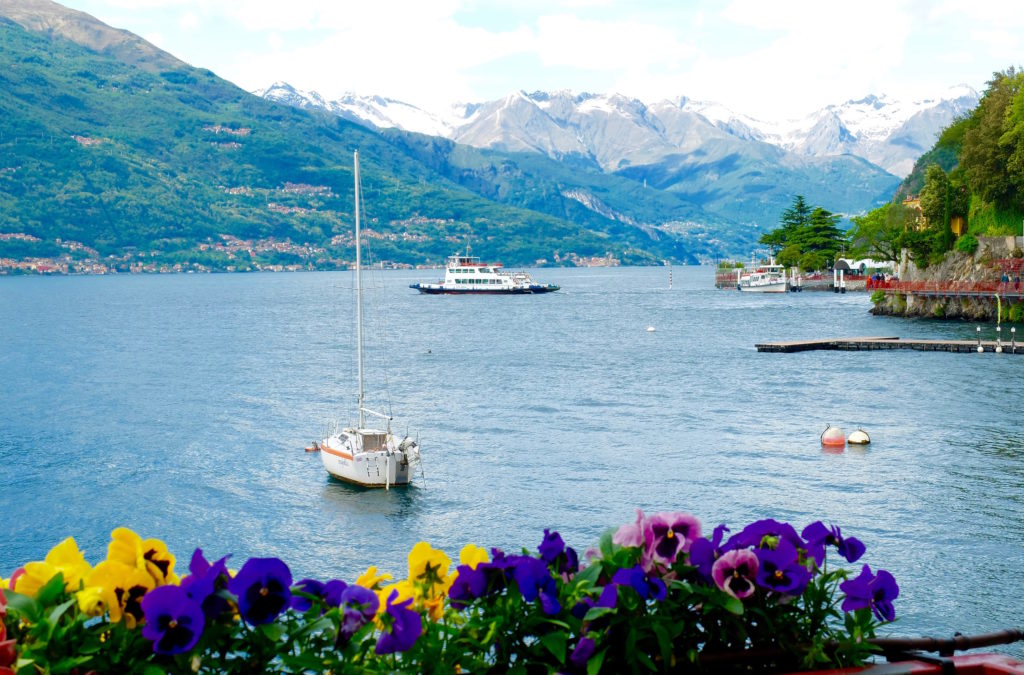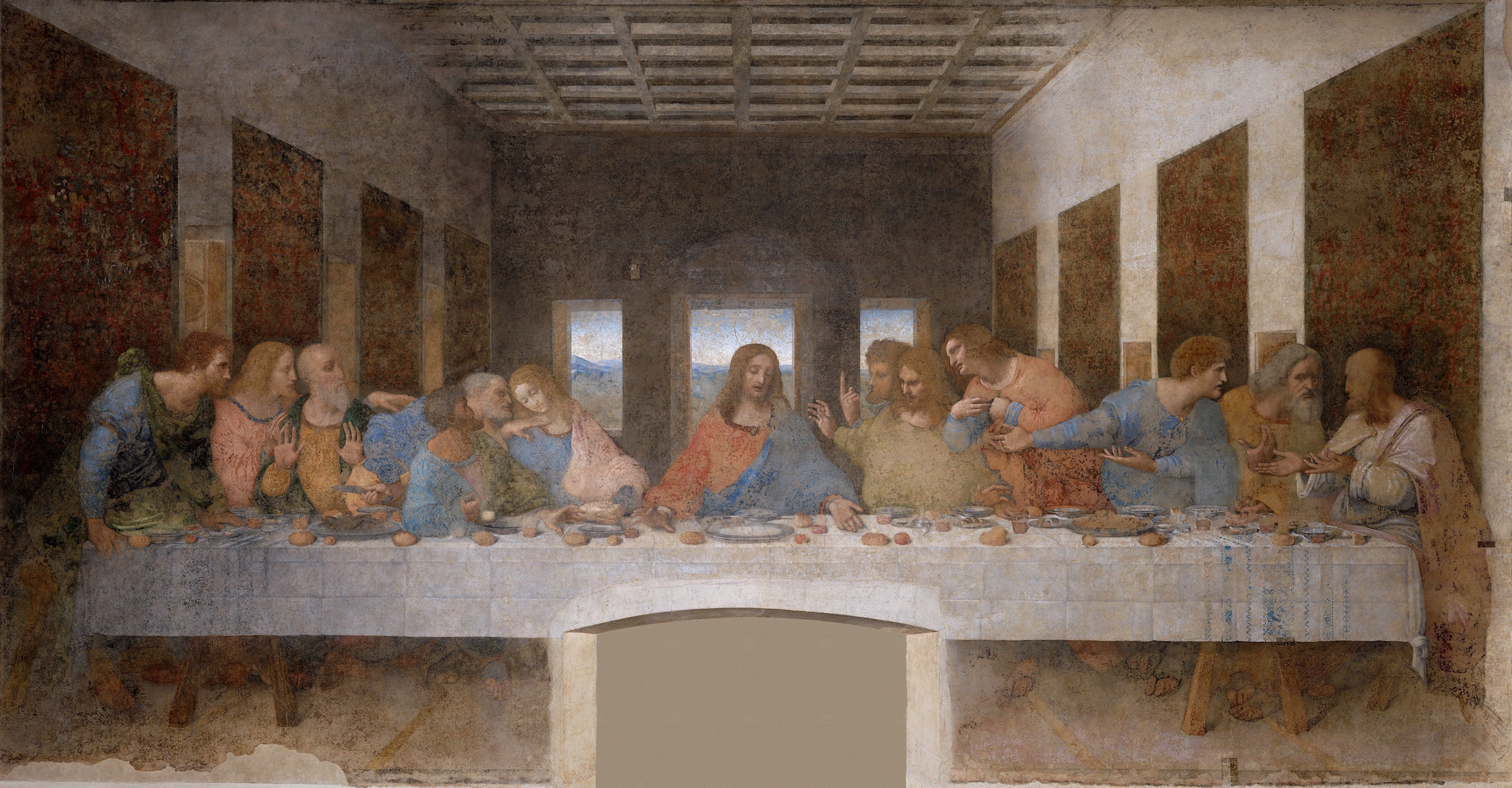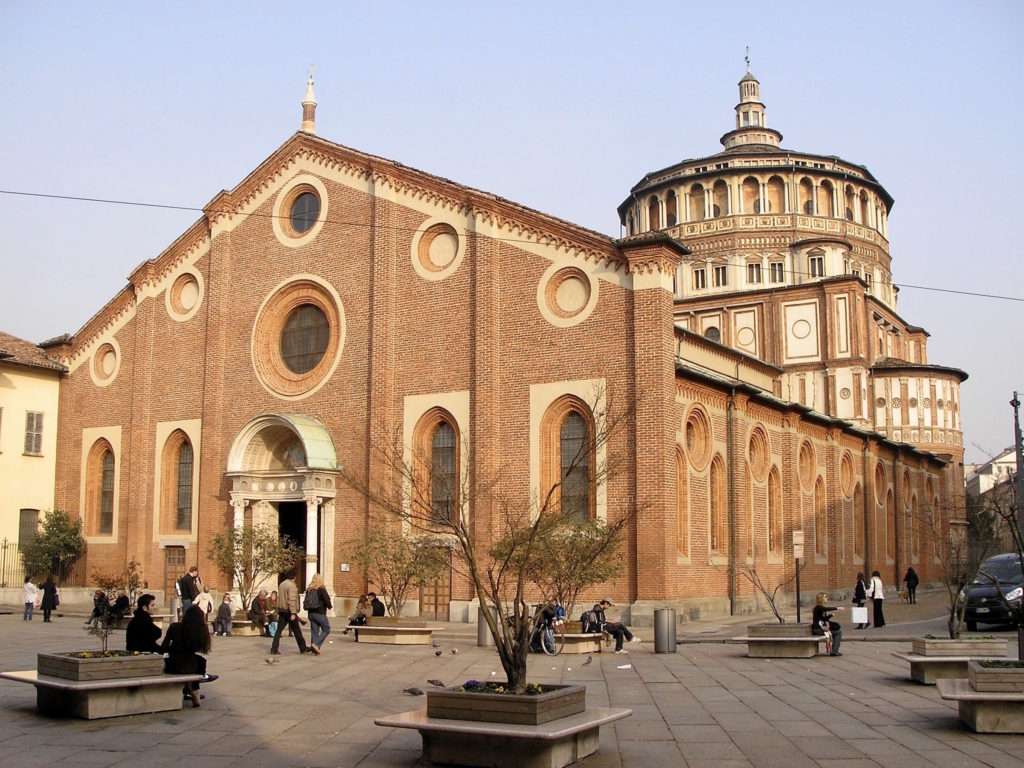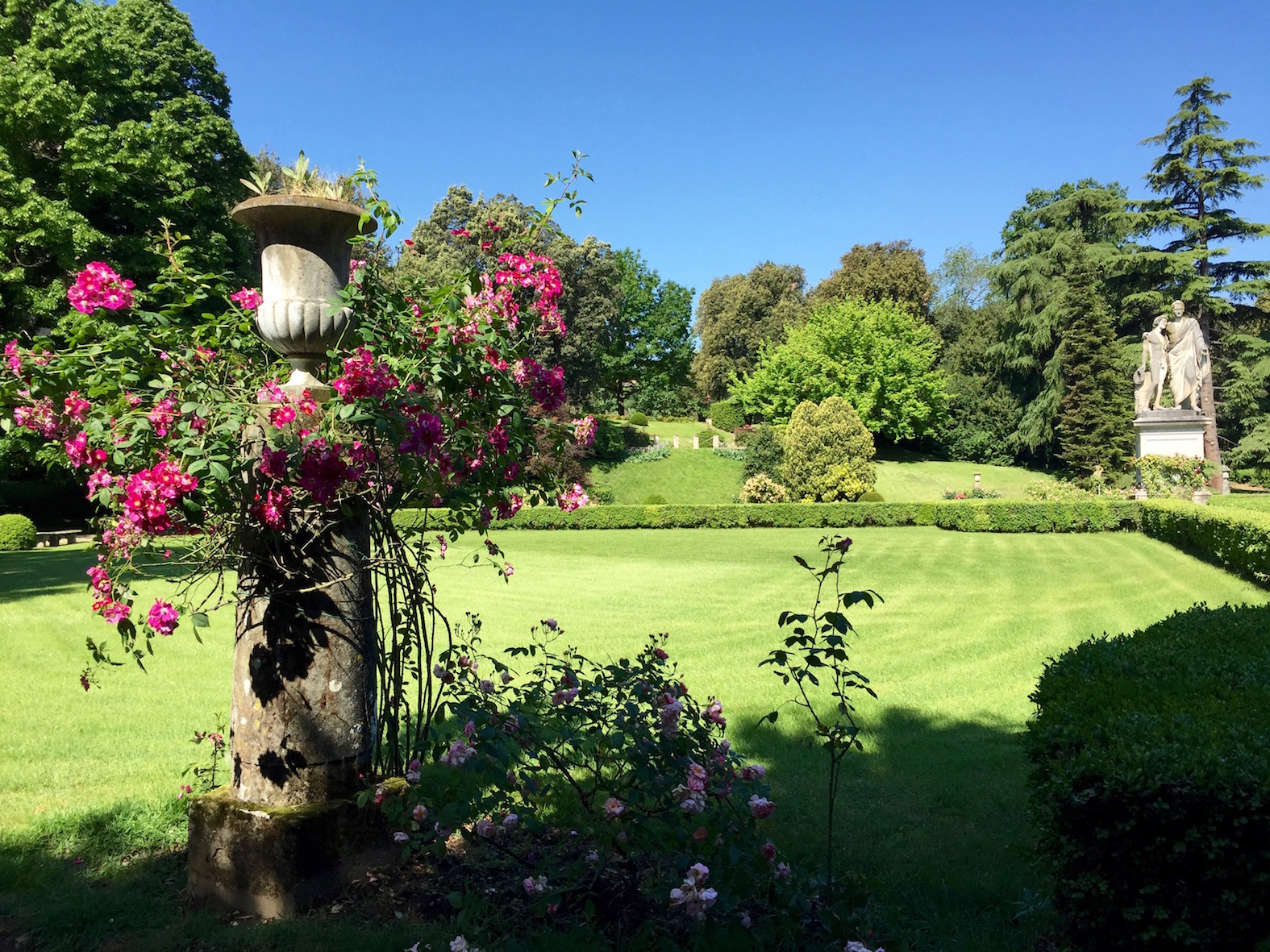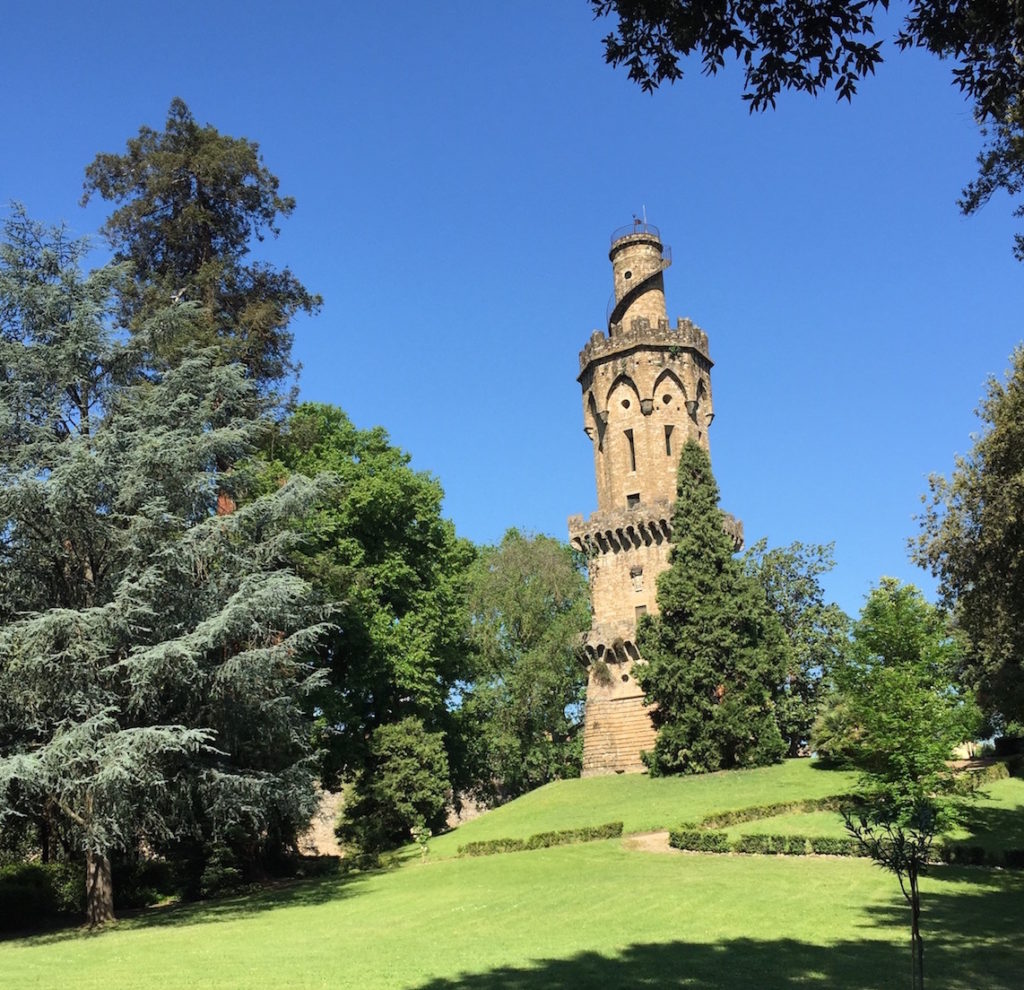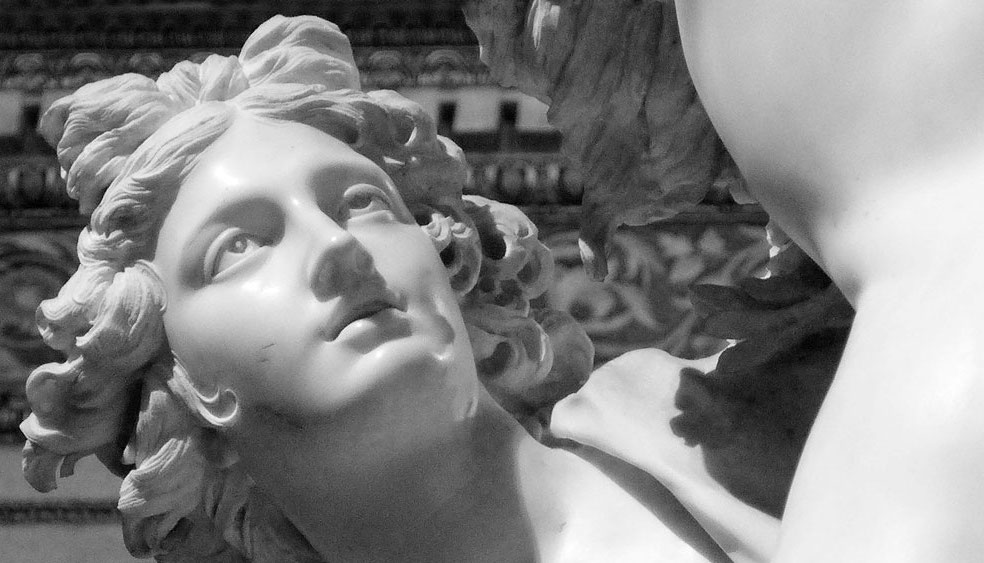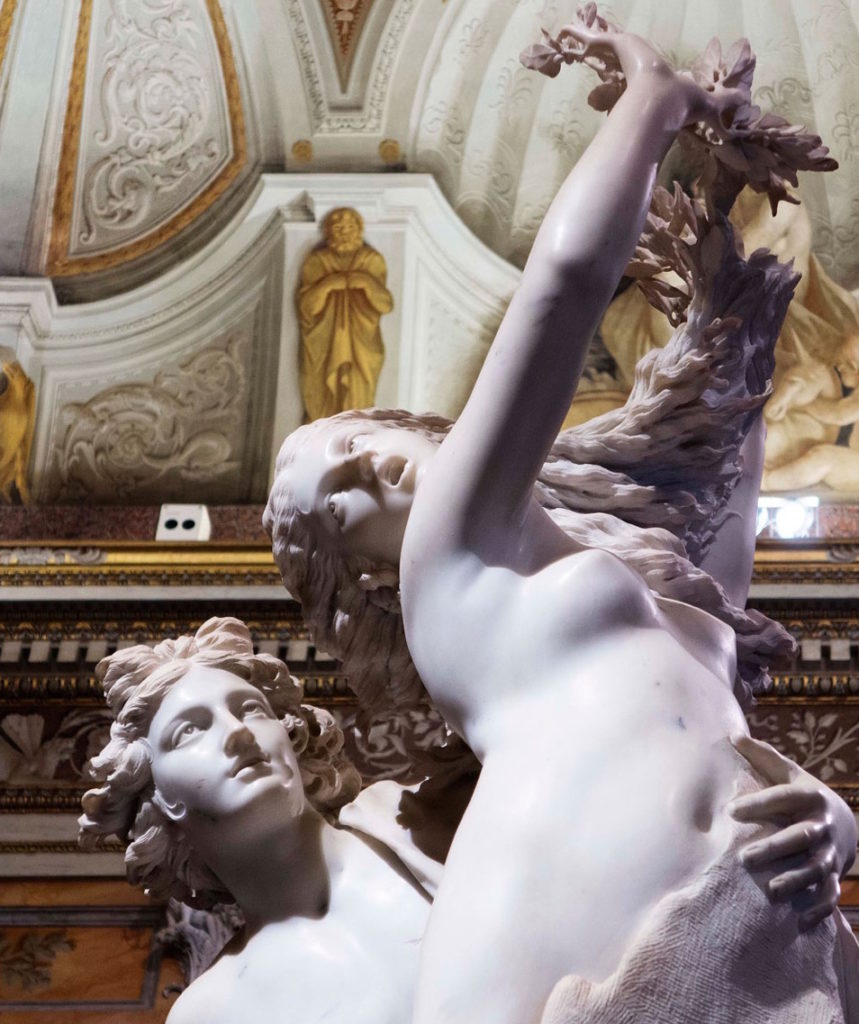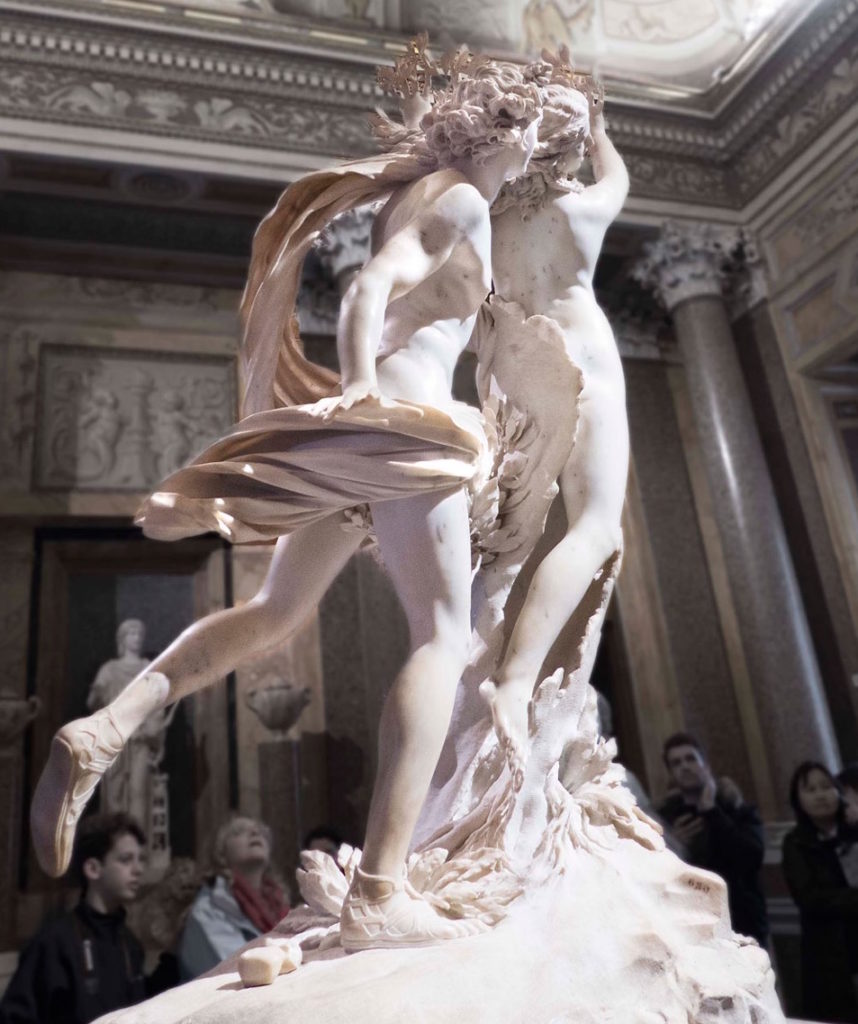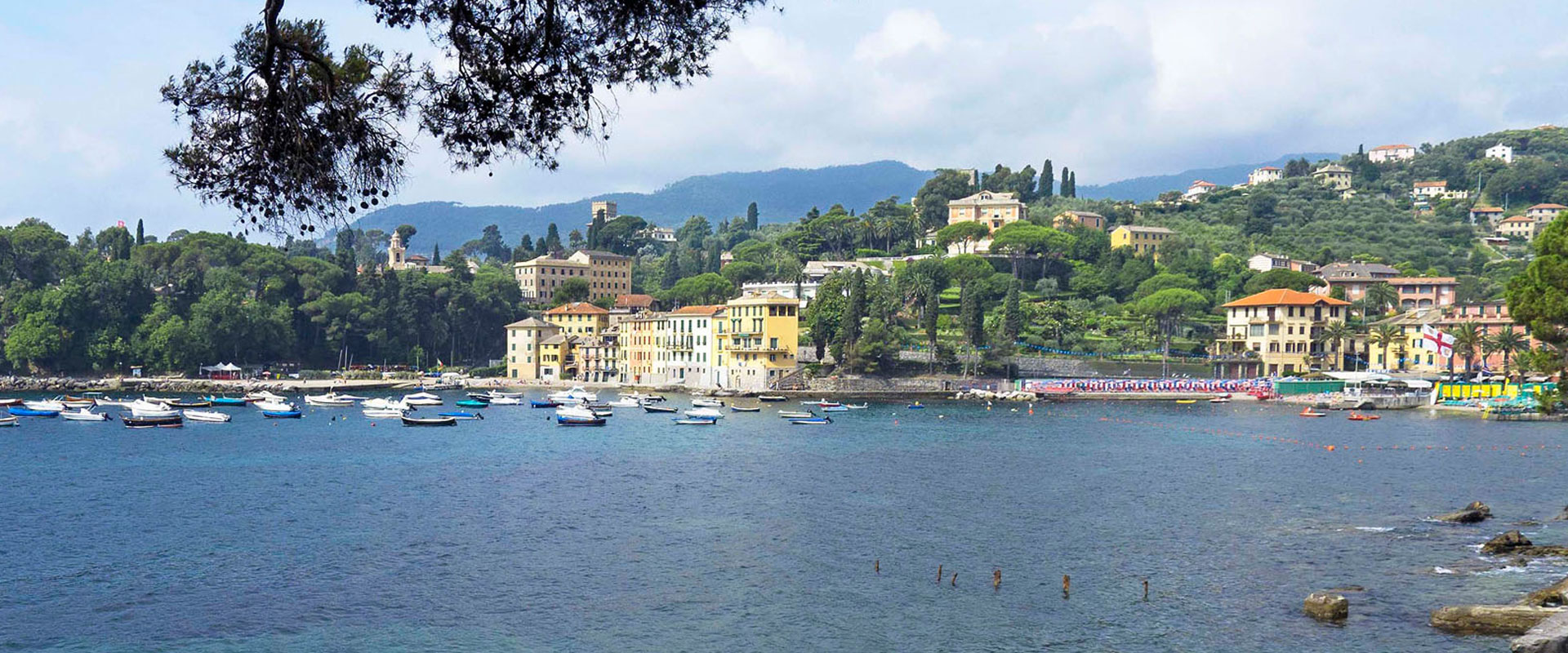07 Feb TIME, TRADITION & PASSION – WHAT’S IN YOUR BOTTLE OF BALSAMIC VINEGAR
A passion for balsamic vinegar is nothing new – in 1046 the Holy Roman Emperor Henry III was presented with a silver bottle of this precious nectar on the way to his coronation!
While these days balsamic is a lot more accessible, it continues to be a rare and wonderful condiment. Proper balsamic can only be made in the provinces of Modena and Reggio Emilia, and its production is the result of techniques passed down through generations of balsamic-making families. Every lot must be submitted to a Consortium for tasting and approval before it can be sold and it must then be bottled in the approved 100ml uniquely shaped bottles, labeled Traditional Balsamic Vinegar of Modena DOP.
So how is this very special liquid made? Well, you won’t find a factory churning out litres of traditional balsamic vinegar.
The process begins with the juice of the white Trebbiano grapes or the red Lambrusco grapes. The producer boils the juice of these grapes in large vats over an open fire for 24 hours before starting the process of natural fermentation and maturation that lasts a minimum of 12 years!
While this sounds straightforward, the process is actually much more complicated, time consuming and highly regulated. The fermentation takes place in a battery (or series) of five to eight barrels of diminishing sizes, the smallest usually being about 15 litres. These barrels can only be made of one of six types of wood: oak, chestnut, mulberry, cherry, juniper or ash. The barrels have a small opening on the top, allowing some evaporation and are kept in the loft where they are subject to the highs and lows of temperature that are essential for a good final product.
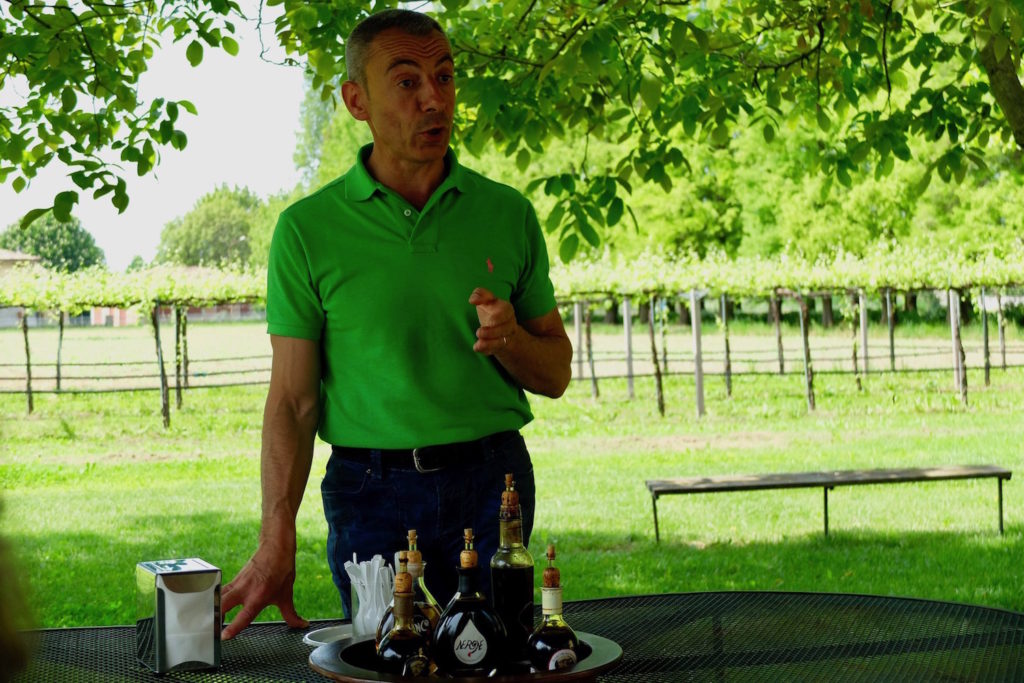
Davide Lonardi explaining the production process at Villa San Donnino
Once a year, usually in winter, the producer completes the complicated process of topping up and transferring liquid between the barrels. Starting with the smallest barrel in the battery, the producer tops up the liquid that has evaporated throughout the year with liquid taken from the second smallest barrel. Then in turn, the liquid that has been lost from that barrel (via evaporation and transfer to the first barrel) is replaced with liquid from the third barrel and so on. Finally, the largest barrel in the battery is topped up with the boiled grape juice of that year’s harvest.
Only after the battery has been in operation for a minimum of twelve years is the producer allowed to take just one tenth of the very smallest barrel in each battery to the Consortium for tasting and approval. A medium producer might expect to produce about 350 litres of balsamic a year.
There are two grades of Traditional Balsamic Vinegar of Modena: tradizionale that is aged for a minimum of twelve years and extra vecchio that is aged for a minimum of twenty five years.
You won’t find Traditional Balsamic Vinegar of Modena at your local supermarket nor is it normally used as a salad dressing; to appreciate the taste of this very special condiment try it drizzled over meat, Parmesan cheese, fruit or – Philippa’s favourite – vanilla gelato!
We visit third generation balsamic vinegar producer Davide Lonardi at Villa San Donnino just outside Modena as part of our Milan and the Italian Lakes tour. In 2017 the Milan and the Italian Lakes tour runs from 2-16 June and we still have a couple of places available!

